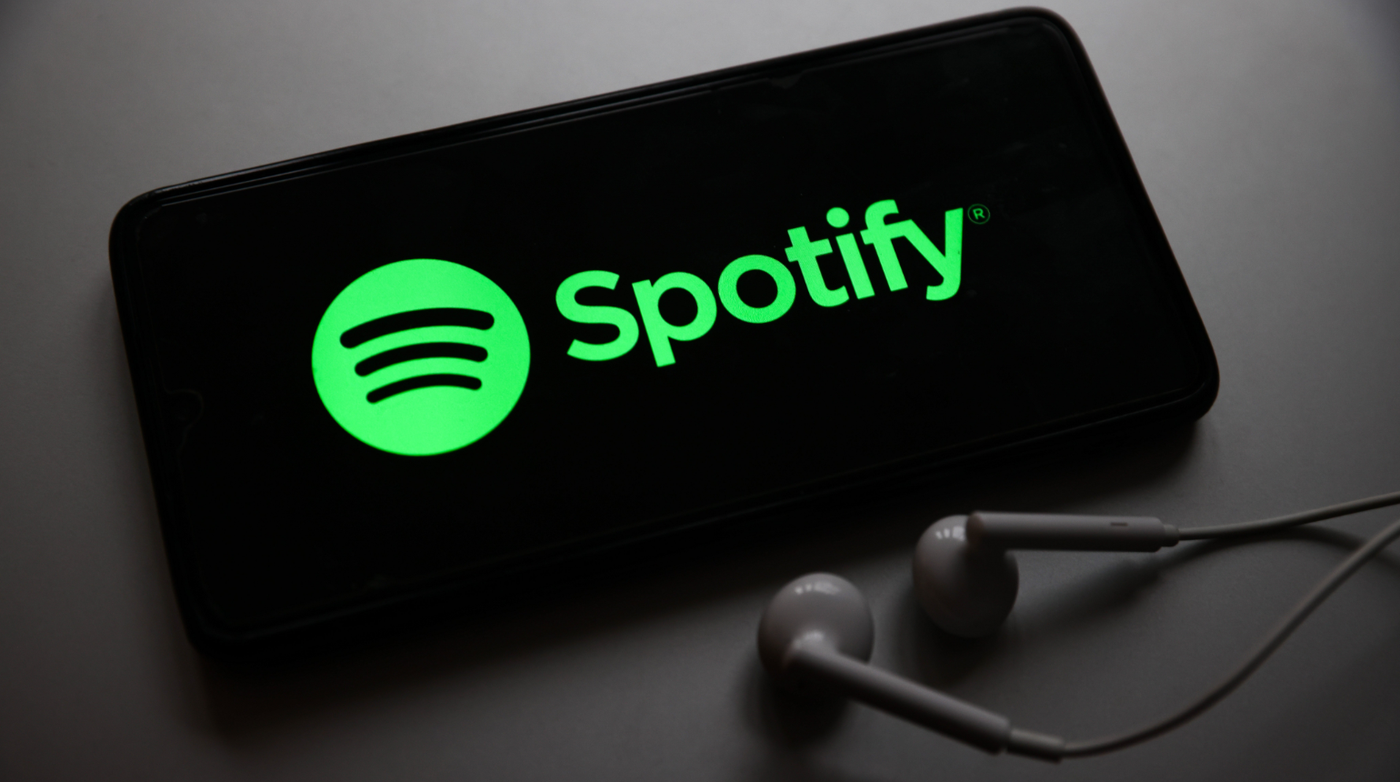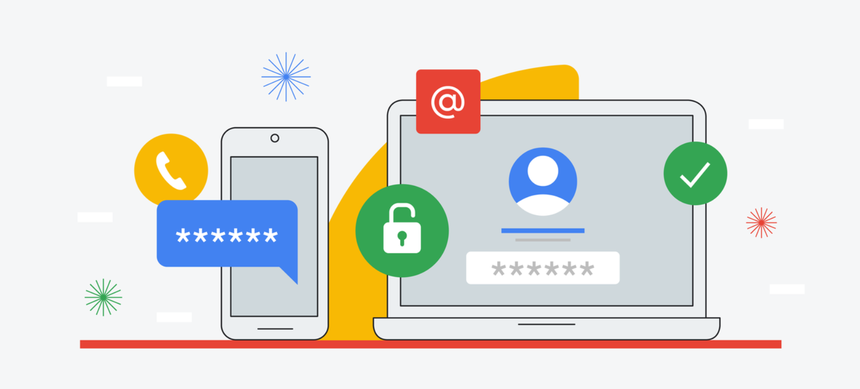After years of speculation and anticipation, Spotify has finally delivered on one of its most requested features. Premium subscribers in select regions can now experience lossless audio, streaming music in high fidelity for the very first time on the platform. More than four years after it was first announced in 2021, Spotify’s new lossless mode is rolling out, promising richer sound, greater clarity, and a listening experience that audiophiles have been demanding.

What Lossless Brings to Listeners
Lossless audio means that tracks are streamed in up to 24-bit/44.1 kHz FLAC, preserving more of the original recording’s detail compared to compressed formats. Spotify’s library is being upgraded to make this available across mobile, desktop, and tablet apps, as well as Spotify Connect devices from brands like Sony, Samsung, Bose, and Sennheiser. By October, compatibility will extend to additional devices including Sonos and Amazon hardware.
Spotify notes that lossless files are larger, which means they may take a moment to start. However, once cached, playback is expected to be smooth and uninterrupted. The company recommends using wired headphones or speakers connected via Spotify Connect to get the full experience, as Bluetooth connections cannot transmit full lossless quality.
How to Enable Lossless
Premium users will need to enable the setting manually on each device. To do so, head to the app’s Settings & Privacy, tap Media Quality, and choose “Lossless” for Wi-Fi, cellular, or downloads. Once activated, a Lossless indicator will appear in the Now Playing bar or Connect Picker. The platform continues to allow adjustments across Low, Normal, High, Very High, and now Lossless, with estimated data usage shown for each option.
A Global Rollout
The feature is gradually being introduced to Premium subscribers across more than 50 countries. Users in the United States, United Kingdom, Germany, Japan, Australia, and several European markets already have access, with others to follow by October 2025. Spotify has confirmed that free-tier users will not receive lossless audio.
Interestingly, Spotify chose not to introduce this feature as part of a new higher-priced tier, despite earlier speculation. Instead, lossless is included within the existing Premium subscription, even as Spotify has recently raised prices in several markets. This move positions Spotify competitively against Apple Music, Amazon Music, and Tidal, which have all leaned into high-resolution audio.

Why It Matters
For Spotify, the launch of lossless audio is more than a long-awaited feature update. It signals the company’s effort to strengthen its value proposition in an increasingly competitive streaming market. By offering audiophile-level sound without an added cost tier, Spotify is catering to both casual listeners seeking better sound and music enthusiasts demanding studio-like quality.
This rollout also reinforces Spotify’s focus on personalization and user control. By letting subscribers adjust audio quality settings across Wi-Fi, cellular, and downloads, the platform ensures flexibility while educating users about data usage.
The introduction of lossless audio is likely to spark new momentum among Premium users and may even encourage free-tier listeners to upgrade. In an era where audio quality is becoming a battleground for streaming services, Spotify’s move could help it stay firmly in the lead.
Follow Tech Moves on Instagram and Facebook for more updates on the biggest tech launches, product features, and the innovations shaping the future of digital entertainment.










